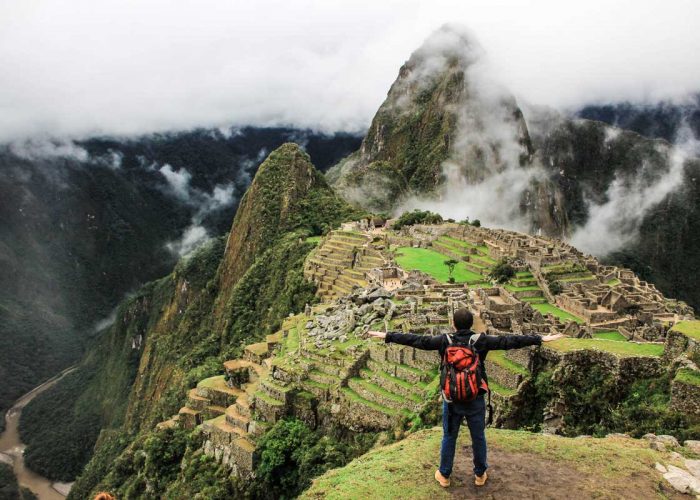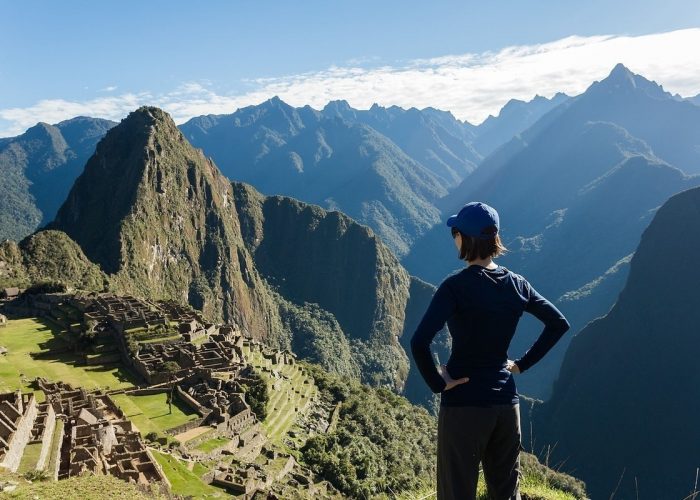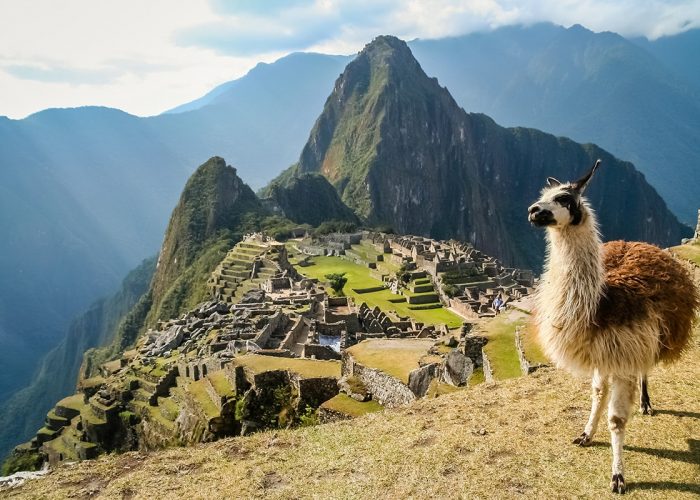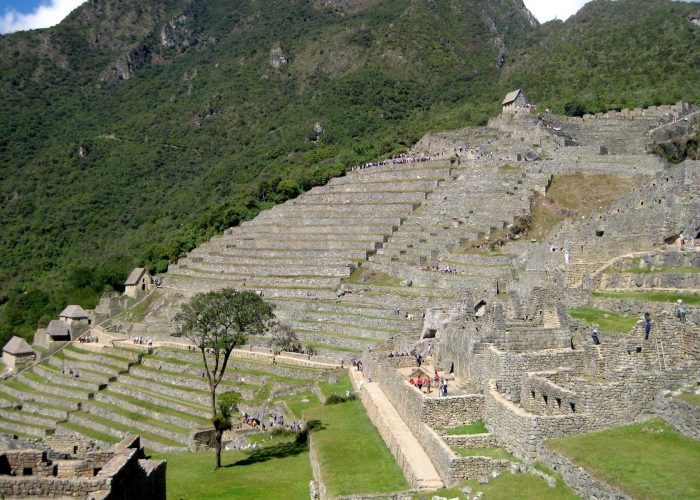Our Advice on Altitude Sickness
Where is there high altitude?
There are many exciting areas of the world, with some destinations high up near the sky. High altitude consists of places that are over 2,500 meters from sea level.
Areas in Latin America such as La Paz, Quito and Cusco are some of the most common places with higher altitudes. This also includes the Inca Trail Trek & Salkantay trek to Machu Picchu.
Why do we get sick?
Anyone can get altitude sickness. Mild altitude sickness is common and fitness levels or gender does not determine whether you will suffer or not, once your body gets used to the altitude, symptoms do tend to alleviate, and the measures below can help manage this too.
Altitude sickness simply occurs when the body cannot get enough oxygen from the air when in high altitudes. As the altitude increases, it reduces the pressure of oxygen. The air in high altitude places is thinner so your body needs to breathe faster and work harder.
What should I expect?
If you have never traveled to places of high altitude before, you may feel a little anxious, not knowing what to expect from the change in the atmosphere. Everyone feels the effects of traveling to high altitudes differently with varying degrees of intensity. Most people display some of the following symptoms:
- Light headache
- Nausea
- Loss of appetite
- Wooziness/dizziness
- Diarrhea
- Drowsiness
You may also experience a shortness of breath, particularly when walking or moving about
How should I manage the symptoms?
If you have any or all of the above symptoms, do not worry too much, you are finding the change in altitude difficult and take it easy and rest. Your body will adjust to the environment quickly and while you may still find yourself short of breath while walking around, your other symptoms should resolve themselves as you acclimatize.
Keep yourself hydrated and stick to plain foods. Avoid caffeine and alcohol. If you are traveling through South America, try the local remedy – coca tea. While not a proven cure for the sickness, the tea tastes similar to Asia’s green tea. Coca tea is made by mixing coca leaves and hot water together and locals believe it helps relieve symptoms. You can also try chewing on the leaves which can make your gums numb for short periods of time.
If you have any pre-existing medical conditions or you are feeling particularly nervous about traveling to places of high altitude, then visit your doctor before you travel. They can prescribe medication to counter the effects of high altitude. You should begin taking these as instructed by your doctor.
When should I seek help?
No one knows their bodies better than you so don’t push yourself if you don’t feel up to it. While the mild symptoms of altitude sickness are manageable and uncomfortable, on very rare occasions, these symptoms can develop into more serious side effects. Should you develop more serious symptoms like vomiting, chest pains or lack of balance, let us know as soon as possible and seek medical help.
In very rare cases, high altitude sickness can develop into potentially fatal side effects so do not take your symptoms lightly.







